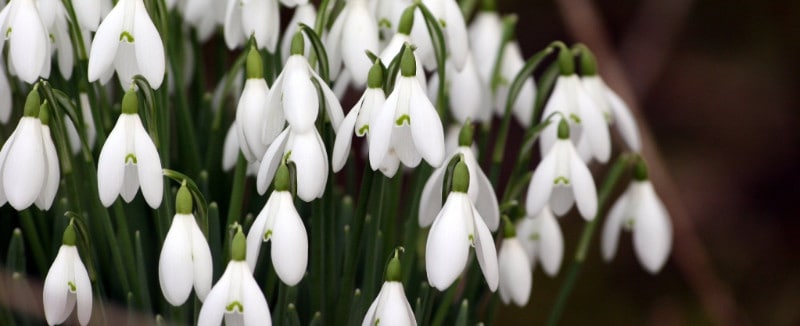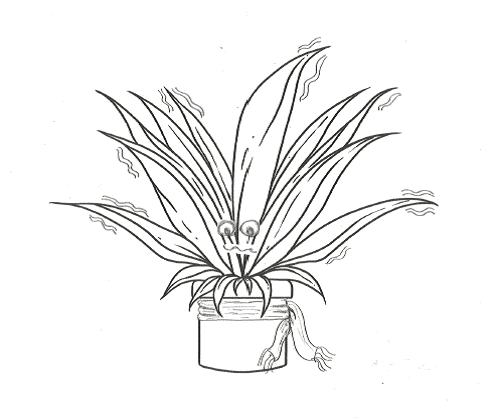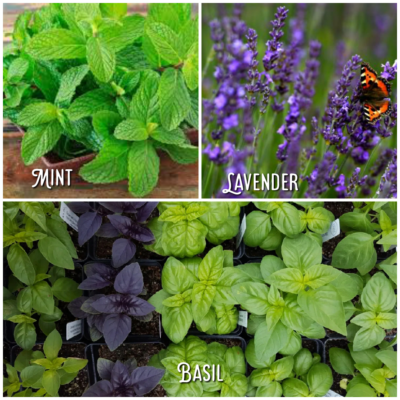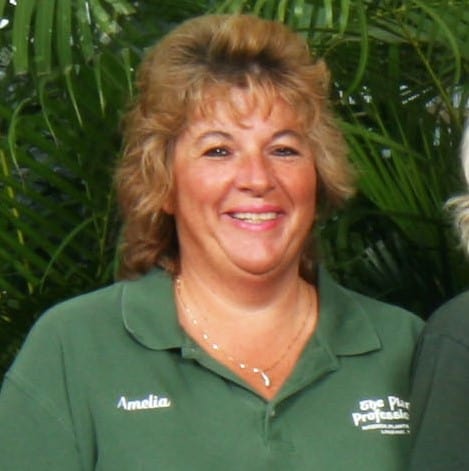What’s Budding

What’s Budding

Something Unique
Nesting in a suburban neighborhood has many benefits. If the school system, road maintenance and general sense of community are positives, you may find an appealing home in this active real estate market.
Often there are a few minor features you want to change, and that may include landscape or patio features.
Perhaps you may want to change the size or shape of the planting beds to fit your gardening interest or need for streamlined maintenance. There may be a need to enlarge a patio, or add an additional outdoor seating area. This allows taking a laptop outside for zoom meetings or email correspondence. There may be an existing feature you really dislike and want removed. Just as likely, there may be a feature you have enjoyed in a previous home, or admired in another garden, that you want to explore adding.
Or, you may want a dedicated bird feeding and watching space, planned for enjoyment and photography. You may want to add a pergola to provide shade quickly and relatively inexpensively, while giving the garden a more dramatic and developed appearance. Is it time for that firepit you promised the kids long ago, and you realize you want something relatively permanent for increased safety?
Whatever you need, always work with a designer who will consider your needs and options carefully. They can provide comparative costs and time frame information. Sometimes there are several ways to solve a problem, and often you have a definite priority for speed over cost, or quality over speed. The quality of communication is so important in achieving the goals you want. Let us help you make that new home uniquely yours.

On the Green Side

Plants Can’t Shiver
Most of the plants we use indoors are tropical. This means they need temperatures of 60 degrees or higher to avoid chilling injury. Though we are thoughtful of this consideration when we recommend locations for plants, sometimes problems arise.
If a room seems warm and someone opens a window to cool the space for their comfort, a plant in that draft can easily be damaged. Plants located near closed windows in very cold weather may show damage if foliage is touching the glass, as the surface of the glass is much colder than the air in the room.
The worst damage is typically seen when doors are propped open temporarily in winter, such as for a furniture move or for carpet cleaning. We have actually seen instances twice where moving personnel dragged live plants outside and used them as door props at a building entrance. In both cases, the plants froze and died.
It is important that if you have a setback thermostat that the settings never allow the room temperatures to go below 60 degrees. Setting the thermostat at 62 or above is advisable.
Damage from cold may show up as wilting, brown or black spots or streaks, or leaf drop. The damage may appear within hours, or may take 3-4 days to be fully visible.
Some plants, such as several commonly used palm species, are more forgiving. Temperatures down to 45 can be tolerated as a draft, for instance. It is important to share any information about temperature extremes with our staff so we can provide the best match for your environment.
Help us protect your investment and plant health by advising coworkers or family members who share the space with plants about the need to avoid cold drafts and low temperatures.
Digging In

Herbs—Basil, Lavender, Mint
Basil
Basil is a fragrant herb belonging in the Lamiaceae family, used in cuisines from the Mediterranean, Italy, Indonesia, Thailand, and Vietnam.
Native to tropical regions from central Africa to southeast Asia, this tender herb has been cultivated for over 5,000 years. Ancient Egyptians used basil embalming, in ancient Greece and Rome it was a symbol of mourning. Basil has been used as a holistic remedy for common health problems for thousands of years. Traditional uses include the treatment of snakebites, colds, and inflammation of nasal passages. Basil is also widely utilized in traditional Chinese, Ayuvedic, Tamil, and other holistic medicine.
There are many varieties of basil. Sweet basil varieties are most commonly used for flavor. These include sweet basil, purple basil, lemon basil, and Thai basil. Holy basil the variety most used in medicine, teas and supplements. Basil provides nutrients such as Vitamin A, C, and k, calcium, beta-carotene, magnesium and a range of antioxidants.
Basil is an easy-to-grow annual, that grows well with six to eight hours of sunlight in moist, well-draining soil. Plant seeds or small plants in the garden after all danger of frost is passed and the soil has warmed. This herb needs heat to grow best.
After seedlings have produced their first six leaves, prune to the second set. This encourages the plant to start branching, resulting in more leaves for harvest. Repeat each time a branch has six to eight sets of leaves. Harvesting in the morning is best, when the leaves are their juiciest. Be sure to remove flower buds as they form. If the plant is allowed to flower, the flavor of the leaves will be affected. Pick leaves regularly and store for later use.
Basil can be stored in a glass of water for a few days, dried, or frozen in resealable, airtight bags. I freeze a lot of basil to use in the winter and find it’s the best method to keep its flavor strong. When cooking, basil needs to be added at the end to keep its flavor.
Lavender
Lavender is most commonly known for its fragrance and color. Lavender oil has long been used in herbal medicine. Native to North Africa and mountainous regions of the Mediterranean, the earliest recorded use of lavender dates back to ancient Egypt.
Lavender was used in the mummification process, and later it became a bath additive in Persia, ancient Rome, and Greece. It was believed that lavender helped purify the mind and body.
Today, lavender is most commonly used in aromatherapy. Aromatherapists use this herb to treat headaches, nervousness, restlessness, and to reduce stress, and manage sleeplessness. Interestingly, while the plant form is edible, the oil distilled from the flowers is toxic when ingested.
Lavender is not approved by the FDA. The National Institutes of Health warns people to be cautious when combining lavender with drugs that induce sleepiness, and drugs that reduce blood pressure. Although edible, lavender has been trending toward use in cakes, cookies, ice cream and teas.
Sachets can be used in your linen closet to keep towels and sheets smelling sweet. The scent also repels moths and other pesky insects.
Lavender is a bushy, strong-scented, semi-woody perennial. There are several varieties, but most commonly English lavender is found in the garden for our climate zone in Michigan. Best planted in the spring to ensure the plant is well established before winter, this plant needs full sun and well-draining soil. Sandy loam is best.
Harvest the flower spikes when approximately half of the flower buds have opened. Morning is the best time to harvest, when the oils are the most concentrated. Hang upside down in bunches, in a cool, dry and dark place to dry. For culinary use, lavender can also be frozen in airtight resealable bags for up to six months.
Lavender Hill Farm in Boyne City, Michigan is the largest commercial lavender farm in Michigan. Visitors are welcome to enjoy a tour of the fields and shop for an array of lavender products. The farm is open to visitors May-October.
Cherry Point Farm and Market in Shelby, Michigan is a great place to visit for fresh produce, bulk lavender, and lavender products. In summer they also have delicious fish boils that bring in crowds of hungry tourists. Cherry Point has created an amazing labyrinth using earth mounds and lavender plants to define pathways. The paths spiral around a stone circle in the center of the labyrinth. Unfortunately, many of the lavender plants had to be replaced last spring due to the 2019Polar Vortex. It will take a few years to reach its former splendor, but everyone is still welcome to walk, meditate, and enjoy the garden.
Sixteen Sprigs Lavender Farm has two locations in Michigan. The primary production plot is in Ithaca on the owner’s family farm, while the demonstration garden is in downtown Lansing. At the demonstration garden, they host open farm days and can provide tours, if booked in advance. Sixteen Sprigs Lavender Farm also sells handcrafted products at several Michigan locations.
Spearmint and Peppermint
Mint is an herb in the genus Mentha. Botanists disagree as to how many species of this herb exist, but it ranges from 13 to 20, with close to 2,000 different cultivars! All varieties of mint are fragrant, and have square stems. While researching this herb, I have also found conflicting information on its origins. Mint is found growing in the Mediterranean regions, Eurasia, North America, Southern Africa and Australia.
It is said that spearmint has been cultivated for so long, that some believe it would be impossible to find it growing in its original form in nature. I find the history of mint is very interesting. It is found in stories of ancient mythology, and the Bible references mint as a high-value herb used by the Pharisees as tithes. Ancient Greeks and Romans crowned themselves with peppermint at their feasts, and adorned the tables with mint sprays, while their cooks used mint to flavor sauces and wine.
Spearmint and peppermint have been used for thousands of years to help sooth stomach upset and indigestion, whiten teeth, and to relieve stress and anxiety. Today both mint varieties are used in many culinary dishes as well as candies, teas, toiletries, aromatherapy, and herbal remedies.
Peppermint is a good source of manganese, copper and vitamin C. Mint also contains vitamins and minerals A, B-6, E, K, calcium, and Iron. Mint is a powerful antioxidant. While the human body has its own antioxidant defenses to keep free radicals in check, adequate antioxidant intake is important. Human life depends on the intake of certain antioxidants such as vitamin C and E. Other antioxidants, while unnecessary for the body, play a role in general health. The health benefits associated with a diet rich in plants is at least partially due to the variety of antioxidants they provide.
Mint is very easy to grow. This perennial herb likes moist but well-drained soil, its native habitat is along streams and the edge of marshes. Mint is a vigorous grower so it needs ample room in the garden. Mint can also be planted in containers. Some gardeners suggest sinking containers into the ground, leaving 2” of the rim above the soil. This helps prevent runners and underground rhizomes from escaping into the surrounding soil and establishing new plants. Divide every 3-4 years to rejuvenate.
Mint blossoms in mid to late summer and is very attractive to bees, butterflies, and other pollinators. Mint also repels ants, cockroaches, deer, mice, spiders and squirrels.
Harvest the new, tender leaves in the morning. The new leaves are more flavorful and have the highest concentration of oil. Harvesting frequently promotes bushy growth and a tidier appearance.
Mint can be stored in a glass of water in the refrigerator for several days, dried, or frozen. In the summer, pick as needed.
St. Johns, Michigan is nicknamed Mint City USA. I love driving by the mint fields during harvest in August. When the oils are being distilled from the leaves, the whole area smells wonderfully of fresh mint! If you love all things mint, check out the Mint Festival, an annual event in mid-August.
The Buzz

Amelia Sayers joined The Plant Professionals in 2005 as an interior plant care technician. Amelia’s son was in middle school, and she no longer needed to be at home during the day. Amelia has always had a love for tropical plants.
Amelia has an associate’s degree in business, and had worked her way up in store management in a large fast food franchise business to run her own store . She also has management experience in retail. Within a few months of hiring in with us, Amelia was promoted to the role of maintenance supervisor.
As maintenance supervisor, Amelia oversees the hiring and training of new technicians, schedules interior service routes and handles ordering plants from our Florida growers and Michigan distributors. Training of the technicians takes six to eight weeks upon hire, then training continues for everyone at monthly staff meetings. Technicians learn to identify hundreds of plant species, care of those plants, customer service skills, route efficiency, insect scouting and controls, accurate record keeping and plant requests, and so much more.
Amelia has promoted a technician trainer to help with the field training, and her senior technicians help conduct working interviews to help select the best candidates for the work.
Compiling the lists of needed plants for our ongoing contracts and new clients is part of Amelia’s role. Working with a broker who accesses over 50 Florida nurseries, she seeks out the needed plants or substitutions when required, to honor the design intent and keep our client plants looking beautiful. Amelia also has access to Canadian products through grower cooperatives or Michigan distributors.
If you step inside our main building in the morning, you will find Amelia at the center of the hustle and bustle, assuring that the interiorscape staff has everything they need for their individual routes. She is great at problem solving, awesome to bounce ideas off of, and skilled at listening to her crew. Amelia is understanding of the issues our technicians encounter , and is quick to help them manage their time and any problems that may arise.
Covid 19 protocols have impacted the way we meet as a team and the way we train, but every client whose facility is open has had access to interior plant service, as we are considered essential workers. Amelia works hard to protect clients and staffers while keeping the plants healthy.
Everyone that works with Amelia appreciates her outgoing , positive personality. She is very dedicated to her work, while bringing humor and laughter. She loves to use silly pens, wears unique earrings ( and at this time face masks) to give her team a smile. Amelia will always encourage her crew to give their best, and goes above and beyond to make sure our team get any client questions or requests handled within 48 hours. We are so fortunate to have Amelia’s energy and expertise leading our interior maintenance team.
Copyright © The Plant Professionals